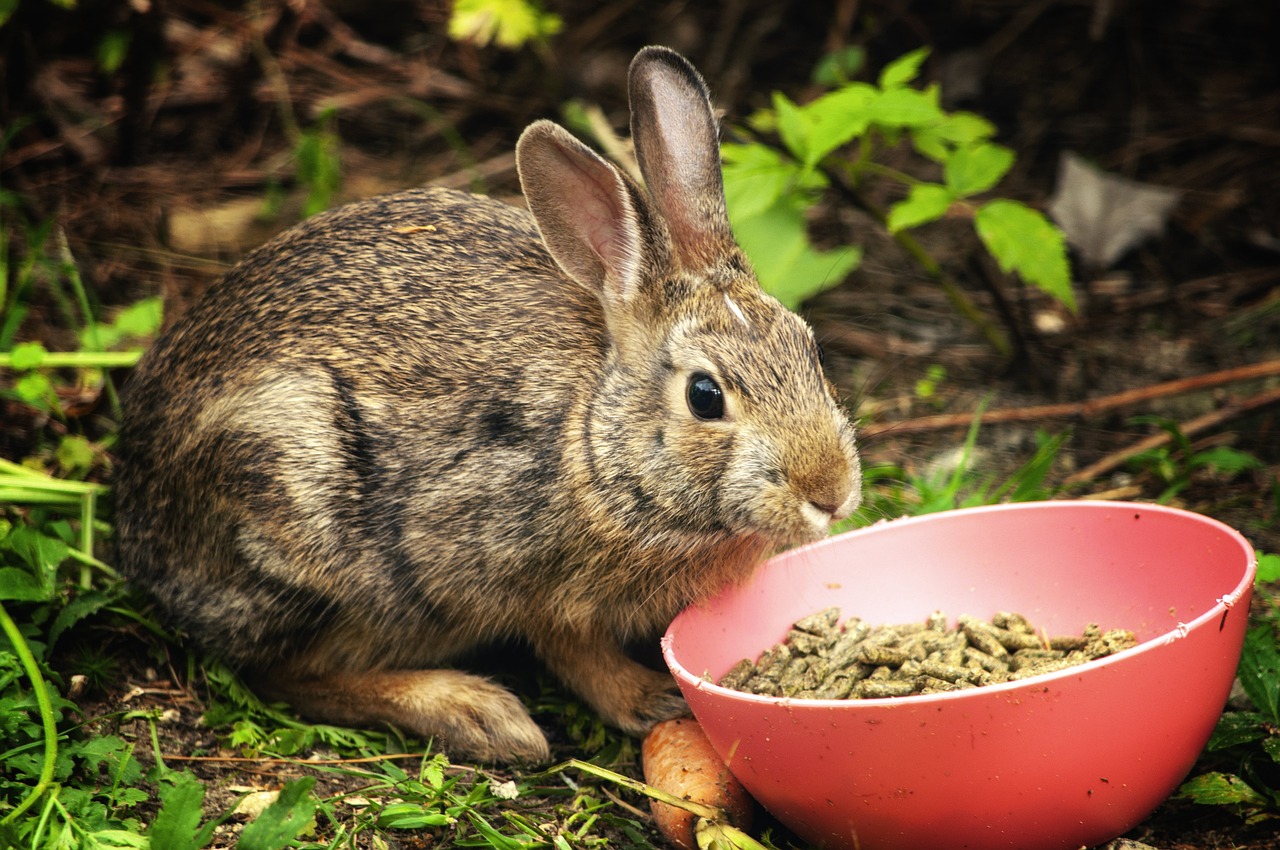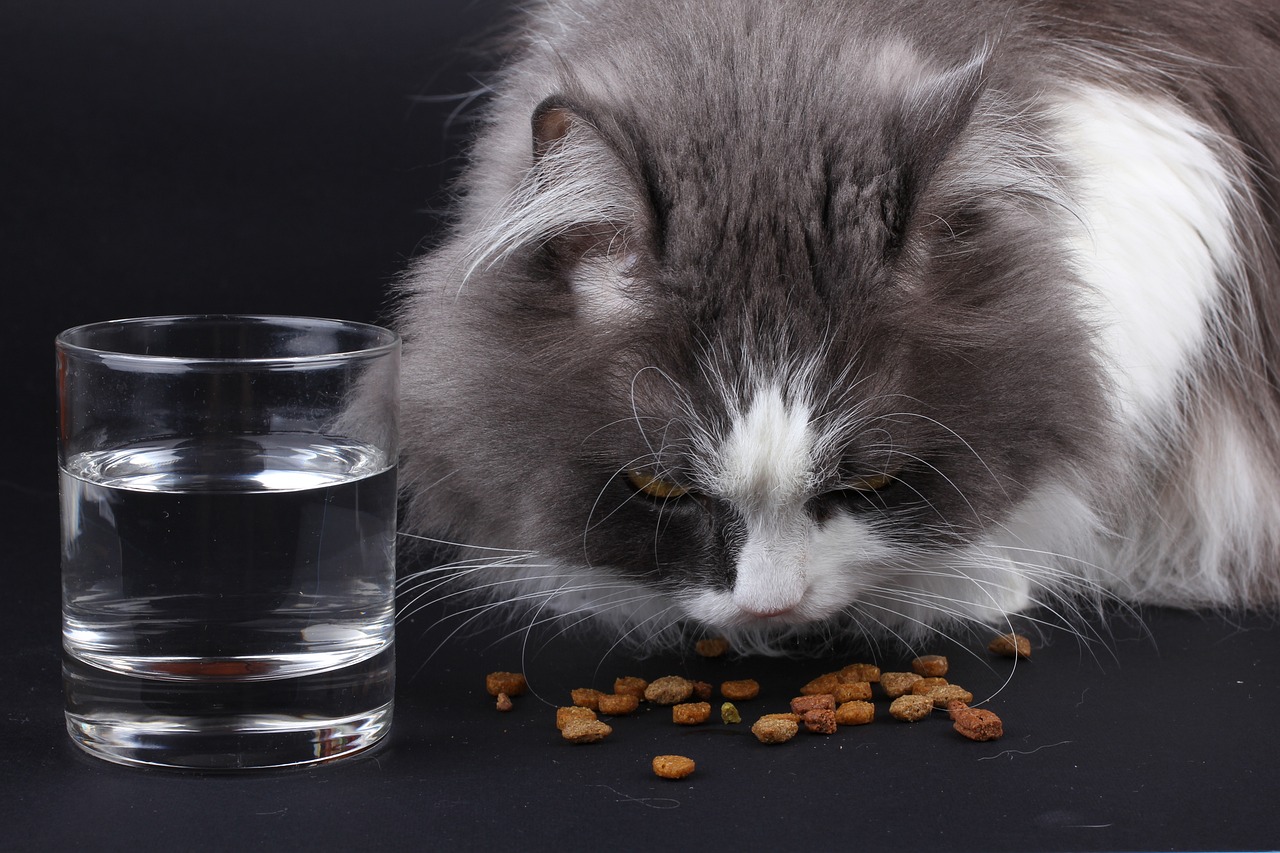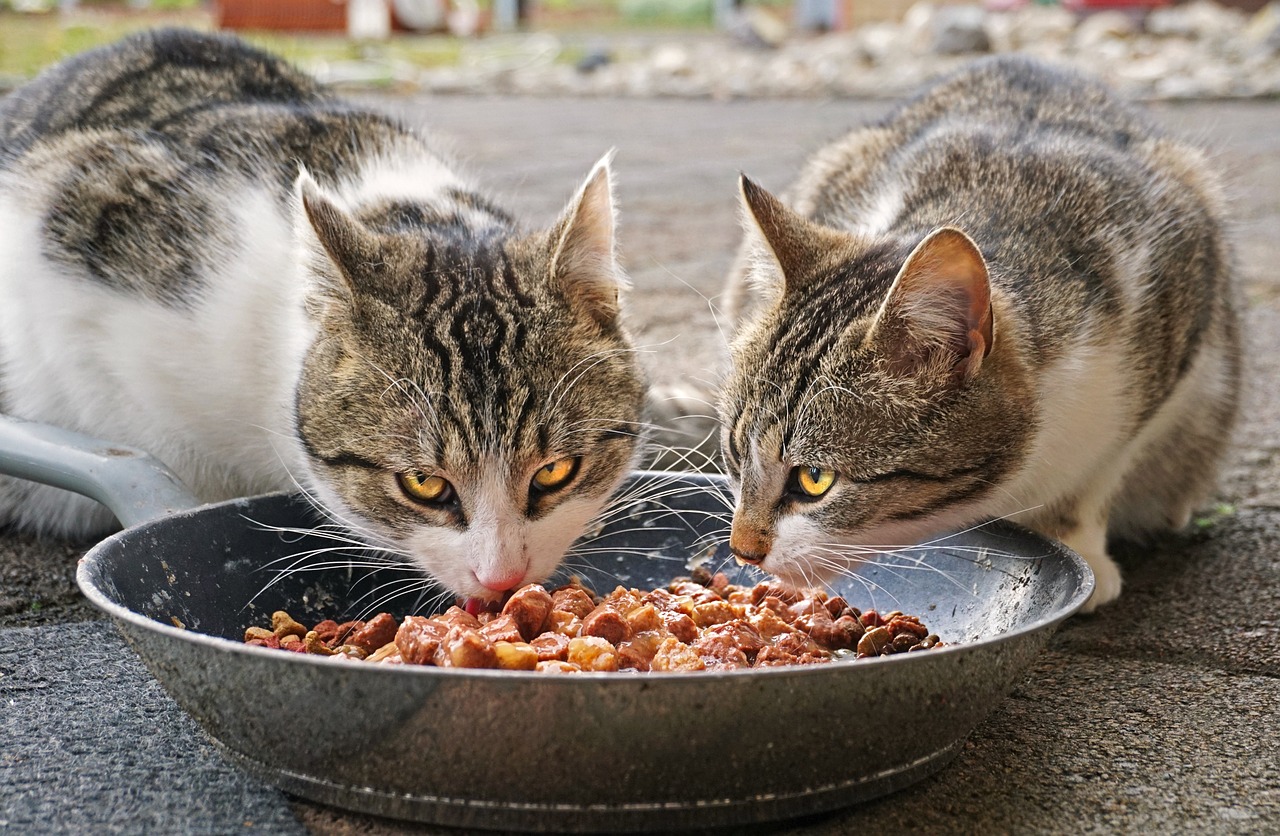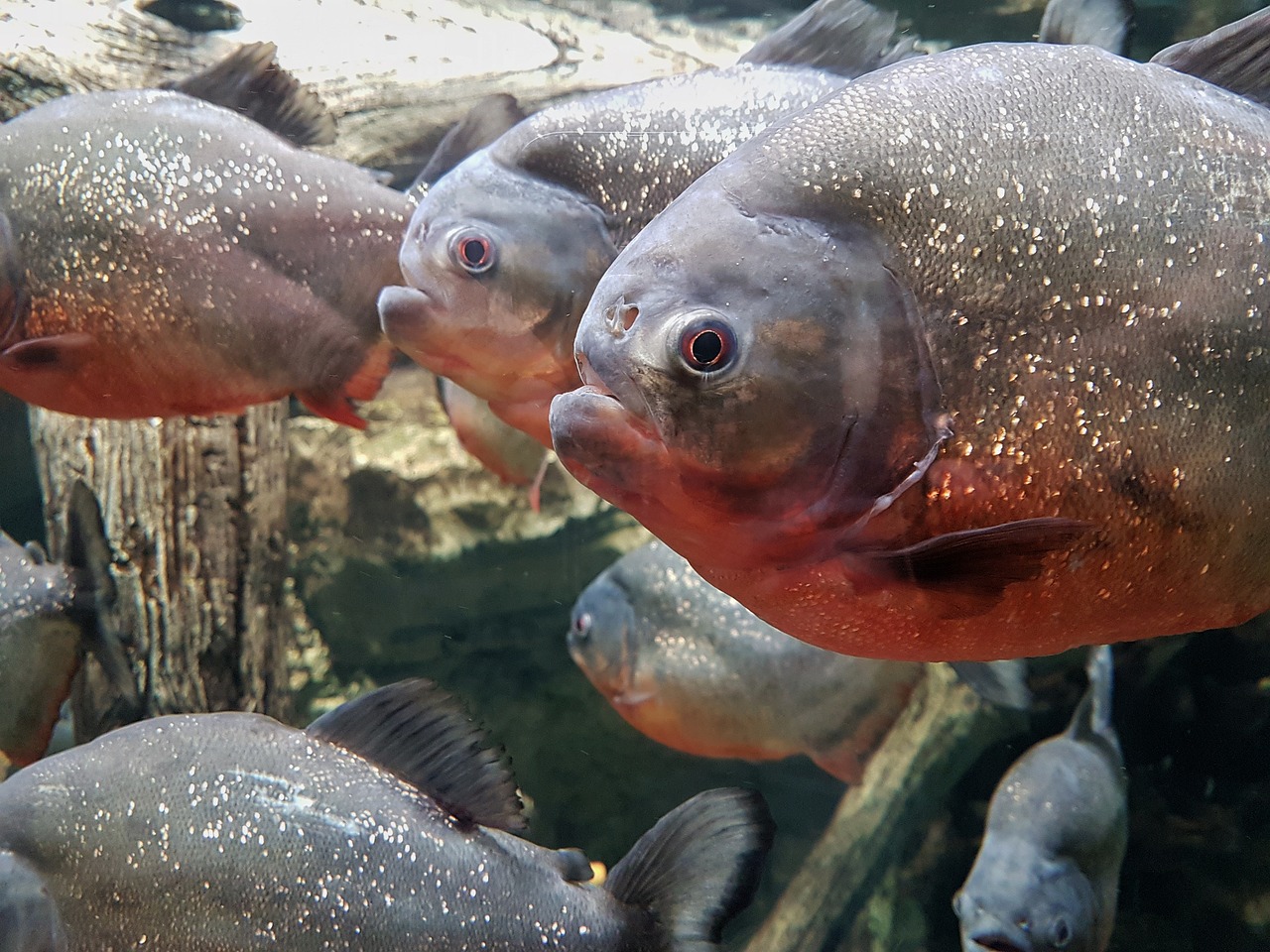As a loving pet owner, you want nothing but the best for your furry friend. One of the key aspects of ensuring your pet’s well-being is providing them with a balanced diet. Just as humans need a variety of nutrients to thrive, our pets require a diet that meets their specific nutritional needs. In this article, we’ll explore the world of “Balanced Bowls” – customizing diets for your pets.
Understanding the Importance of a Balanced Diet for Your Pet
Before delving into the art of creating personalized pet diets, it’s crucial to understand why a balanced diet is so vital. A balanced diet provides the essential nutrients your pet needs to maintain their health, energy, and overall well-being. It helps prevent nutritional deficiencies and reduces the risk of various health issues.
Factors to Consider When Customizing Your Pet’s Diet
Creating a customized diet starts with considering several factors:
Age and Life Stage
Your pet’s age and life stage play a significant role in determining their dietary needs. A growing puppy has different requirements than a senior dog, just as a kitten’s diet differs from that of an adult cat.
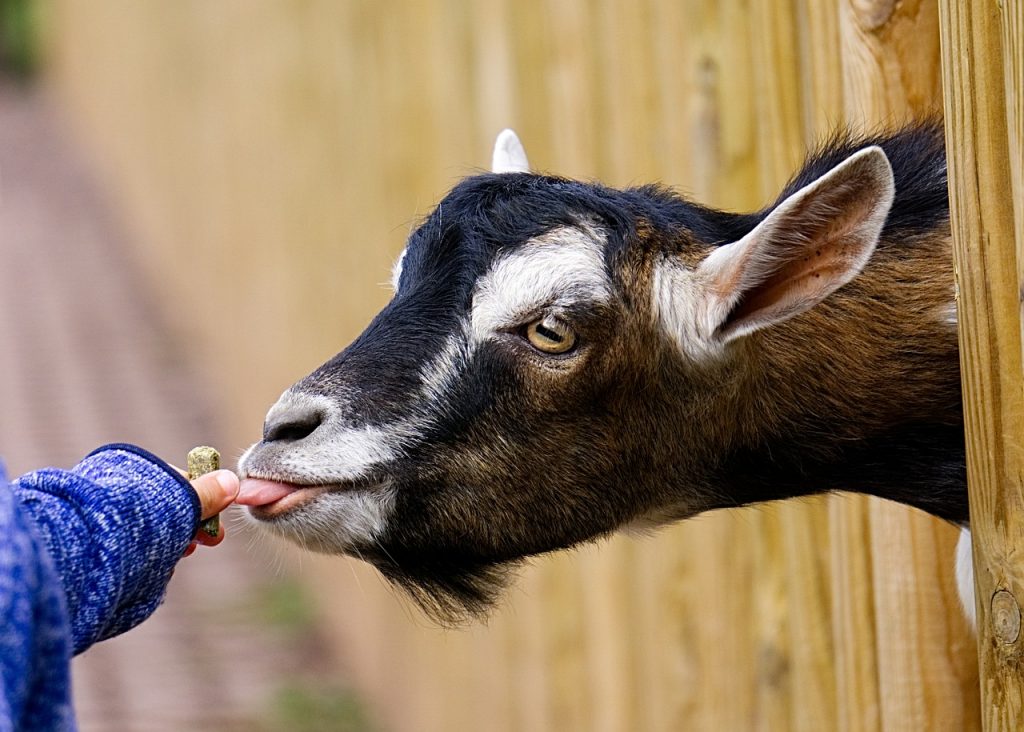
Breed and Size
Different breeds and sizes have varying nutritional requirements. A large breed dog may need more joint support, while smaller breeds might require higher energy foods.
Activity Level
Active pets require more calories and different nutrients than sedentary ones. A working dog will need a different diet than a lap cat.
Food Allergies and Sensitivities
Understanding your pet’s allergies and sensitivities is crucial in avoiding adverse reactions and promoting their health.
Building Blocks of a Balanced Diet for Pets
A balanced diet comprises several key components:
Proteins
Proteins are essential for muscle development and overall growth. They should be a primary component of your pet’s diet.
Carbohydrates
Carbohydrates provide energy for your pet. Whole grains, vegetables, and fruits are excellent sources.
Fats
Healthy fats are necessary for coat health and the absorption of certain vitamins.
Vitamins and Minerals
Vitamins and minerals are essential for various bodily functions and should be present in your pet’s diet in the right proportions.
Homemade vs. Commercial Pet Food: Pros and Cons
When it comes to feeding your pet, you have two main options:
Homemade Diets
Pros: Control over ingredients, customization, potentially fresher. Cons: Time-consuming, potential for imbalanced diets.
Commercial Pet Food
Pros: Convenience, balanced formulations, reputable brands. Cons: Limited customization, potential for low-quality ingredients.
Creating a Balanced Bowl: Step-by-Step Guide
Now, let’s dive into the process of creating a customized diet for your pet:
Determine Your Pet’s Daily Caloric Needs
Calculate the number of calories your pet needs based on their age, size, and activity level.
Choose the Right Protein Source
Select a high-quality protein source, such as lean meats or fish, that suits your pet’s dietary requirements.
Select Appropriate Carbohydrates
Include healthy carbohydrates like sweet potatoes, brown rice, or peas for energy.
Incorporate Healthy Fats
Add sources of healthy fats, like salmon oil or flaxseeds, to support skin and coat health.
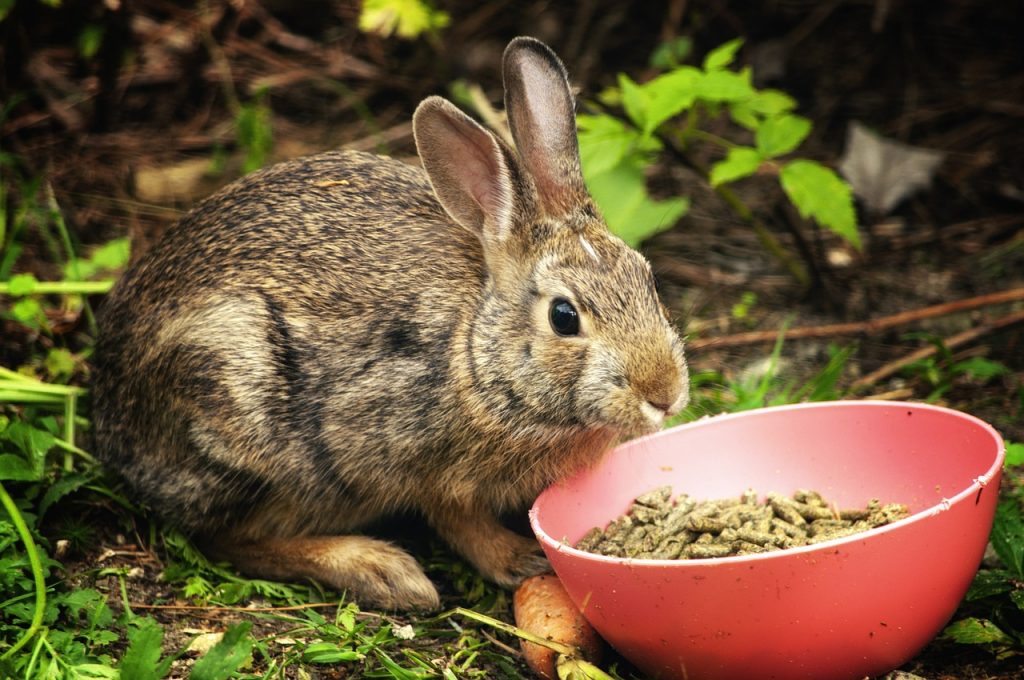
Include a Variety of Vegetables
Vegetables provide essential vitamins and minerals. Vary them for a well-rounded diet.
Don’t Forget About Supplements
Ensure your pet receives all necessary vitamins and minerals through supplements if needed.
Portion Control: Maintaining the Right Balance
Maintaining a healthy weight is essential for your pet’s overall well-being. Monitor portion sizes carefully to prevent overfeeding.
Monitoring Your Pet’s Health and Adjusting the Diet
Keep an eye on your pet’s health, and be prepared to adjust their diet if needed. Regular veterinary check-ups are crucial.
Common Mistakes to Avoid
Avoid common pitfalls in pet nutrition, such as feeding human food, excessive treats, and sudden diet changes.
Balanced Bowls for Pets with Special Dietary Needs
Some pets have specific health conditions, and their diets may need special considerations. Consult with a veterinarian for guidance.
Raw Food Diet for Pets: Is It Safe and Balanced?
Raw food diets have gained popularity, but they come with risks. Explore the pros and cons before considering this option.
The Impact of Hydration
Water is often overlooked but is a crucial part of a pet’s diet. Ensure your pet has access to clean, fresh water at all times.
Balanced Bowls: The Cost Factor
Balancing your pet’s diet can have cost implications. Consider your budget while providing the best for your pet.
Testimonials: Success Stories from Pet Owners
Hear from pet owners who have successfully customized diets for their pets and witnessed positive changes in their health and vitality.
Conclusion
In conclusion, creating balanced bowls for your pets is a thoughtful and caring approach to their well-being. By customizing their diet to meet their specific needs, you can ensure they live a happy and healthy life. Remember to consult with your veterinarian for professional guidance and make adjustments as needed.
Frequently Asked Questions (FAQs)
- Is it safe to feed my pet a homemade diet?
- Homemade diets can be safe if properly balanced, but consulting with a veterinarian or veterinary nutritionist is essential.
- What are the signs that my pet’s diet needs adjustment?
- Signs include weight changes, changes in energy levels, skin and coat issues, and digestive problems.
- Can I switch my pet’s diet suddenly, or should it be done gradually?
- Gradual diet transitions are generally recommended to avoid digestive upset.
- Are there any specific vegetables I should avoid feeding my pet?
- Some vegetables, like onions and garlic, can be toxic to pets. Always research safe options.
- What’s the best way to calculate the right portion sizes for my pet?
- Consult your veterinarian to determine the appropriate portion sizes based on your pet’s specific needs and weight.
